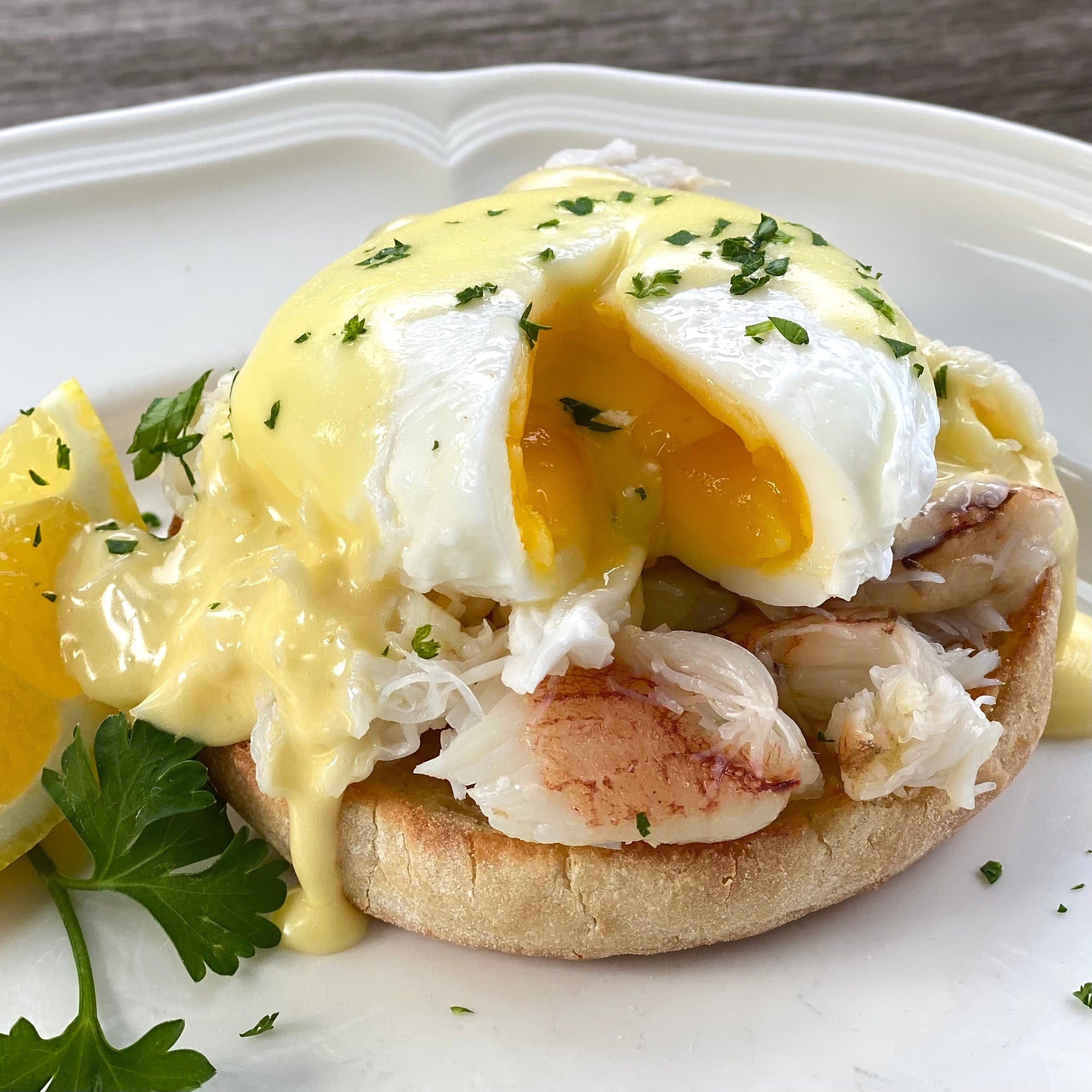Welcome to another feature in our series celebrating the hardworking fishermen and women who bring wild, sustainable seafood to our plates. Today, we’re excited to introduce Jessie Pavlik, a lifelong fisherman with deep roots in Alaska’s fishing tradition. Jessie’s story is one of family, resilience, and dedication to sustainability. Join us as he shares his journey aboard the F/V Sherrie Marie and offers a glimpse into life at sea.
Q&A with Jessie Pavlik
How did you get started in the fishing industry?
I come from a fishing family. My family has been commercially set-netting (gill netting) for salmon in the Yakutat area since the 1950s. Growing up, my brothers and I were part of a family fishing operation with my dad, uncles, and grandpa. I started longlining at 16 when the Immigrant—the boat now known as the Sherrie Marie—needed a deckhand. I jumped on and haven’t left since. By the time I was 26, I started running the boat.
Name of your boat (or the boat you fish on)?
F/V Sherrie Marie, a 65-foot steel longliner originally built for shrimp trawling in the Gulf of Mexico.
What do you fish for and where do you typically fish?
We fish for Pacific halibut and sablefish (black cod) in the Bering Sea and Gulf of Alaska, spanning from Southeast Alaska to the Aleutian Islands.
What do you like to do on the boat during downtime?
As the skipper, downtime is rare for me. On “days off” when we’re not actively fishing, I’m usually busy communicating with other boats, studying weather reports, doing maintenance, or filling out paperwork. When I do get a moment, I like spending time in the wheelhouse with my wife Molly or helping her in the galley. I’m her prep cook on board—aka the “professional cheese shredder and garlic crusher.”
What’s the best part of your job?
The best part is working alongside my wife. Not many people get to spend their workday with their partner, and I’m lucky to. I also love the challenge of fishing. Fish never behave the same way twice—it’s like solving a puzzle every day. Factors like depth, weather, and season constantly shift, so figuring out where the fish are is always rewarding when we succeed.
What’s the one thing you want consumers to know about wild seafood that they might not already know?
Commercial fishing isn’t a free-for-all. Fisheries in Alaska are carefully managed with a lot of science and research behind the scenes. Managers study everything from target species to bycatch, ensuring we don’t overharvest or damage the environment unnecessarily.
How can American consumers help make your job easier or better?
The best thing consumers can do is know where their seafood comes from and build a relationship with their seafood provider. A lot of seafood in the U.S. is imported from countries with looser environmental regulations, often caught on an industrial scale. By buying U.S.-caught seafood, you’re supporting small-scale fishing families and coastal communities like ours.
If you weren’t a commercial fisherman, what do you think you’d be doing or want to do instead?
I can’t imagine being anything other than a fisherman. If I had to choose something else, I’d want to work with my hands—maybe as a mechanic, carpenter, or welder.
What’s your favorite seafood to eat?
It’s hard to pick because I like almost all seafood. It depends on my mood and what sounds good at the moment.
What’s your favorite seafood recipe or way to make it?
Molly makes an amazing baked halibut dish with creamy dill sauce, paired with rice and salad. It’s always a hit on board.
Anything else you want to share?
Most of us in commercial fishing are deeply invested in protecting the resources we rely on. There’s a stereotype that fishermen are greedy, but I’ve never met anyone who feels that way. We want to stay in business and ensure our children and grandchildren can fish too. Molly and I are expecting our first child in January, and while I don’t expect her to become a fisherman, I hope she’ll have the opportunity to if she wants to. That future depends on the work we do to manage the resource well today.
Conclusion
Jessie Pavlik’s story is a testament to the dedication and passion that fuel Alaska’s fishing industry. From solving the daily puzzle of fishing to sharing the experience with his wife, Jessie embodies the spirit of sustainable fishing. Stay tuned for more stories in our series as we celebrate the fishermen and women behind the seafood we love!


